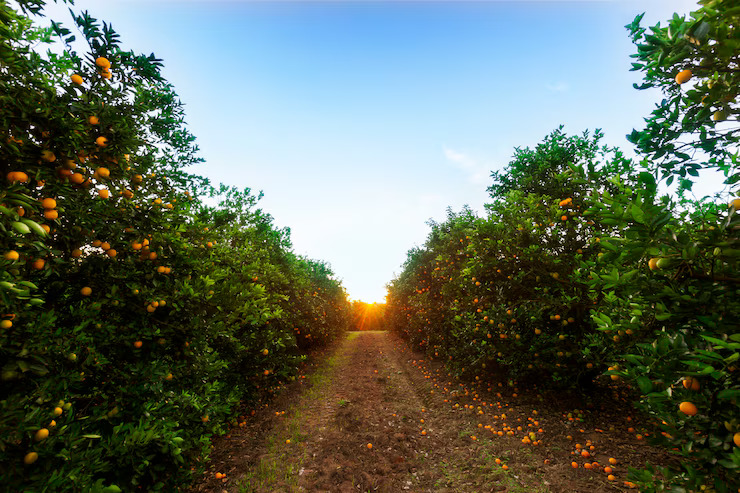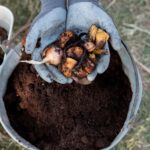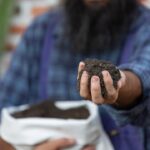Citrus trees are cherished for their vibrant fruits and aromatic blooms, but they are vulnerable to various fungal infections that can hinder growth and reduce yields. Diseases such as citrus black spot, greasy spot, and phytophthora root rot can severely affect tree health and fruit production if not addressed early. Fortunately, with the right care and preventative measures, you can significantly reduce the risk of these infections.
The first step is selecting disease-resistant citrus varieties, especially those suited to your local climate and common regional diseases. Rootstocks with resistance to soil-borne fungi can be especially helpful. Planting citrus trees in well-drained soil is essential. Poor drainage leads to waterlogged conditions that encourage fungal growth, particularly around the roots. For heavy soils, consider using raised beds or amending the soil with compost or sand to improve drainage.
Watering practices also play a crucial role in preventing fungal diseases. Overwatering is a frequent mistake that creates ideal conditions for fungal pathogens. Citrus trees benefit from deep, infrequent watering that allows the soil surface to dry out between sessions. Using drip irrigation or soaker hoses helps keep the foliage dry, which reduces the risk of infection on leaves and fruit.
Proper pruning improves air circulation within the tree canopy, which is vital for reducing humidity and allowing sunlight to reach interior branches. This drier environment is less hospitable to fungal growth. Alongside pruning, keeping the area around your citrus trees clean is important. Fallen leaves, decaying fruit, and other plant debris can harbor fungal spores, so regular clean-up, especially during the wet season, is essential for disease prevention.
Preventive fungicide applications can also be effective, especially in regions prone to fungal outbreaks. Copper-based fungicides are commonly used and should be applied before heavy rains or during periods of high humidity, following label instructions for best results. Mulching can benefit citrus trees by conserving moisture and suppressing weeds, but mulch should never be piled directly against the tree trunk, as this can trap moisture and promote fungal issues.
Always begin with disease-free planting material from certified sources to avoid introducing pathogens to your garden or orchard. Inspect trees regularly for early signs of infection, such as spots on fruit, yellowing or oily leaf patches, and signs of dieback or root rot. Early detection allows for quicker treatment and limits the spread of the disease.
If you grow citrus as part of a mixed orchard, crop rotation can also help manage soil-borne fungal risks. Avoid repeatedly planting susceptible crops in the same location, particularly if fungal issues have been observed in the past.
With consistent care, vigilance, and good cultural practices, preventing fungal infections in citrus trees is achievable. Healthy trees are more resilient and productive, giving you a bountiful harvest of delicious, disease-free fruit.
Join 'Farmers Mag' WhatsApp Channel
Get the latest Farming news and tips delivered straight to your WhatsApp
CLICK HERE TO JOIN






